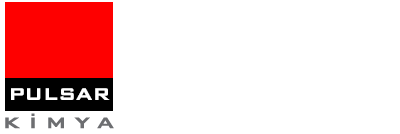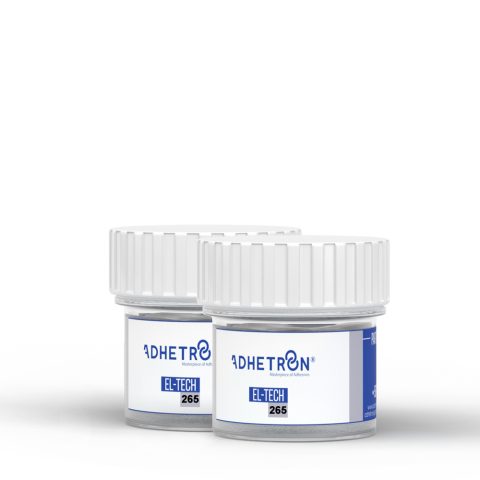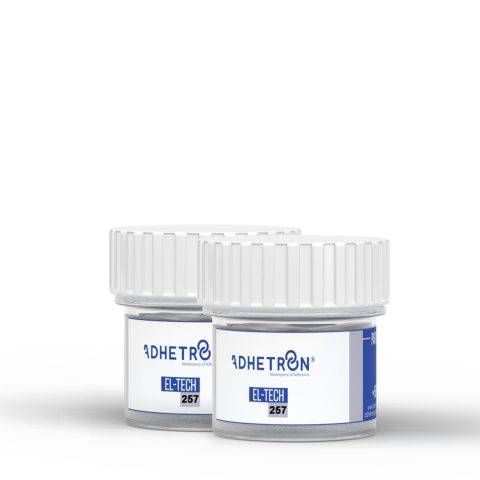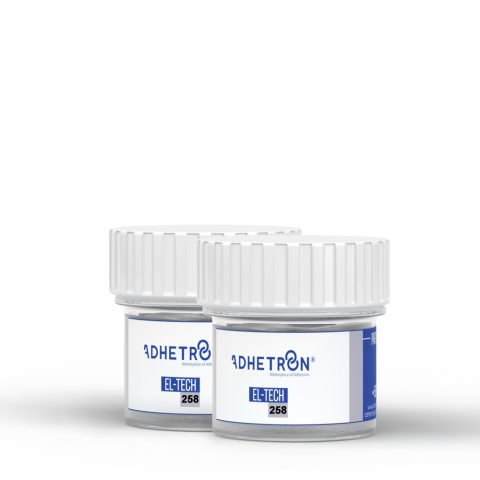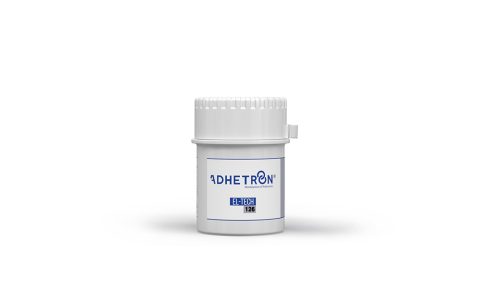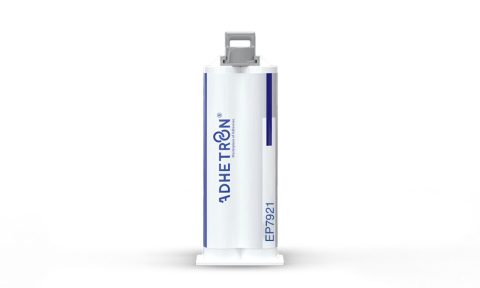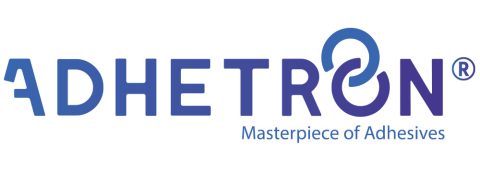What is solder?
Solder, is a material used to join metals and provide electrical conductivity. It is typically a melting alloy used when welding or other hot processes are not applicable. Solder works by creating a strong bond between metal surfaces during the soldering process. Solder is typically produced using alloys of metals such as lead, tin, or silver. These alloys have low melting points, allowing them to easily flow and bond components together when melted as solder. Solder also enhances the contact between components by reducing surface tension effects and enabling better adhesion to metal surfaces. Soldering is a commonly used method in the electronics industry. Soldering techniques are employed to connect components in electronic circuits. Additionally, soldering is widely used in making wire or pipe connections and in the manufacturing of tool equipment. Soldering process requires suitable equipment and skills. Properly melting the solder at the right temperature, cleaning the components, and applying the solder to surfaces accurately are important steps. Moreover, more environmentally friendly solder types, such as lead-free solder, are preferred.
Soldering Materials and Tools
The soldering process is a widely used method in the assembly and repair of electronic devices. The selection of the correct soldering materials and tools is crucial for successfully completing this process. This article will provide information about the key materials and tools required for soldering.
The primary soldering material is solder wire. Solder wire is used to join components together when melted. Lead-based or lead-free solder wires are commonly preferred. Lead-free options are becoming more popular due to their environmentally friendly nature. Additionally, solder wires are available in various diameters, and the right diameter should be chosen based on the project’s requirements.
The second important material is solder flux cleaners. These cleaners are used to enhance the quality of soldering and prevent oxidation. They also facilitate the cleaning process and ensure smooth surfaces after soldering. One notable product in this field is our 5163 NETFLUX, a solvent-based fast-drying flux cleaner. It effectively removes dry and wet flux stains.
The 5163 NETFLUX is a high-tech flux cleaner specifically designed for cleaning electrical and electronic components. It incorporates a brush that enables mechanical movement along with chemical action, providing detailed cleaning capabilities. This product is especially effective at removing acid and chloride residues that could cause corrosion and significant damage to electronic circuits. It dissolves quickly and dries rapidly, making it a convenient and efficient solution for cleaning tasks.
One of the essential tools for the soldering process is a soldering gun or soldering station. These devices are used to ensure that the solder melts at the correct temperature. Professional soldering stations equipped with adjustable temperature controls and rapid heating features are preferred. However, for simpler projects, compact soldering guns are also available.
Other tools that can assist during the soldering process include a solder pump or solder wick, solder paste, and a soldering stand. The solder pump is used to remove excess solder when needed. Solder paste is applied to the soldering surface to prevent oxidation and improve the quality of soldering. The soldering stand is used to securely place the soldering gun when not in use.
Soldering Errors and Solutions
Soldering is a widely used method for connecting electronic components to each other or to a circuit board. However, sometimes errors can occur during the soldering process, affecting the product’s quality. In this article, we will identify soldering errors and explain how to solve them.
-
Insufficient Solder:
Insufficient solder refers to components or connection points not being properly soldered. This issue often arises from inadequate use of soldering material. Insufficient solder can lead to loose or broken connections, weakening the electrical connection.
Solution: To rectify insufficient solder, you can apply more solder to strengthen the connection. Additionally, being careful during the soldering process to use the right amount of solder is crucial.
-
Excessive Solder:
Excessive solder refers to components or connection points being covered with more solder than necessary. This issue can occur when too much solder is used during the soldering process or when the solder spreads incorrectly. Excessive solder can get trapped between components and hinder the proper functioning of the circuit board.
Solution: After the soldering process, you can clean the connection points by using a flux cleaner to remove any flux residues on the surface.
-
Cold Solder:
Cold solder occurs when sufficient heat is not applied during the soldering process or when the solder material doesn’t melt adequately. Cold solder joints can result in fragile connections, causing components to move out of place or detach entirely.
Solution: To fix cold solder, ensure that you apply more heat to ensure the solder melts completely. Use a soldering gun or iron to control the heating time and temperature.
In conclusion, soldering errors can prevent electronic components from being connected correctly and can impact product quality. We discussed common errors like insufficient solder, excessive solder, and cold solder in this article. By using the appropriate techniques to address these errors, you can improve the soldering quality and prevent unwanted issues. Remember, proper application and careful work are crucial for a successful soldering process.
